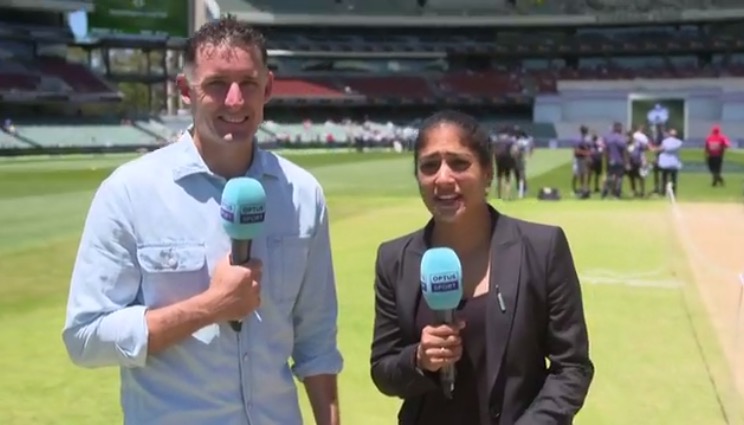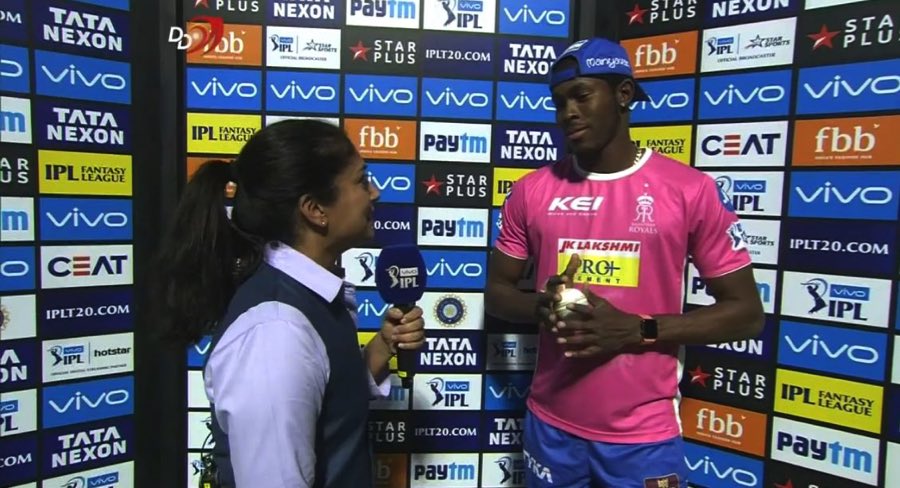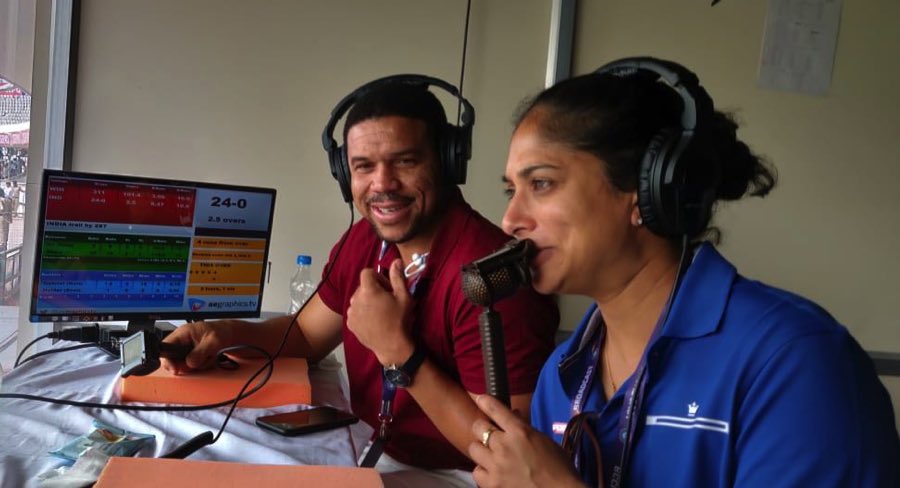The summer of cricket is about to get under way in a few weeks’ time and this year it has a new home on free-to-air TV.
Ever since winning the broadcast rights for the game earlier this year, Seven has been out in full force to secure some of the best names for its coverage. Lisa Sthalekar is a former captain for the Australian women’s cricket team and now a commentator. In a conversation with Mediaweek from India, Sthalekar described this as her second career.

“Hopefully this lasts a lot longer than my playing career.”
Sthalekar’s love for the game comes from her father, who exposed her to cricket when she was child. Sthalekar started playing it competitively in the under 10s team and went on to forge a successful career at both the state and international levels. “As an international player you get exposed to being interviewed regularly. Seeing how it all gets put together certainly intrigued me,” Sthalekar said.
She got her first chance to call a game while she was still playing. Sthalekar got to call five overs with Tony Greig and Mark Nicholas. She notes this as a career highlight. “That sparked my interest in wanting to do this,” she said.
Sthalekar retired from playing cricket in 2013, after which she took up a full-time job at Cricket NSW. It wasn’t until 2015 that she took a leap of faith and left her job to pursue a career in cricket commentary. Sthalekar said, “Thankfully, it’s worked out.
“Playing a game on an elite level definitely gives you an understanding of what the players may be thinking or the difficulties they are facing. Cricket is such tactical game. I liken it to a game of chess.”

Sthalekar has worked with Nine and Ten in the past with their coverage of the cricket and Big Bash League. At Seven, she will be heavily involved in the network’s coverage of the women’s game and WBBL, as well as some men’s games. Sthalekar is also a part of 1116 SEN’s coverage of the cricket this summer.
“There aren’t too many female cricket commentators going around in the world at the moment. There is only a group of fewer than 10. We have a WhatsApp group to keep in contact with each other and tell stories that are good, bad and funny,” Sthalekar stated. According to her, there have been increasing calls for diversity in the commentary box.
“The change in the landscape has allowed a number of us such as Mel Jones, Isa Guha, Alison Mitchell and me to be used throughout the Australian summer.”
Women’s cricket will be given more air time this year than ever before. Seven will telecast 29 women’s matches across the summer (including 23 games from the upcoming WBBL season).
Sthalekar said: “A lot of people said that I missed out as a player to earn the money and fame. I have always laughed and said, ‘I was certainly fortunate enough to play for my country and to have the experiences that I have had.’ It was a lot better than my previous generation. Each generation of women’s cricket gets better and better.
“The level of interest in the women’s game will continue to grow. We have hit a saturation point with the men’s game but where cricket can grow is through the women’s game.”
The ball-tampering scandal that took place earlier this year shook the cricketing world and fans in Australia. This resulted in many media outlets speculating about the reception to the game this year.
Sthalekar said: “Once the summer starts and cricket gets played, the fans will come out. What we saw during those issues at the beginning of the year, people who don’t normally follow cricket or aren’t as passionate about it all of a sudden became very passionate about what had happened. This shows you where the Australian public puts the Australian cricket team in the hierarchy of sport.”
